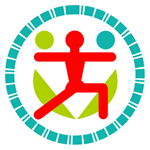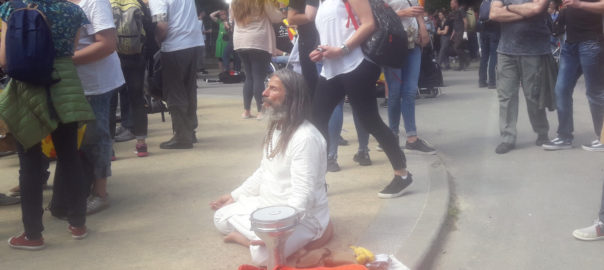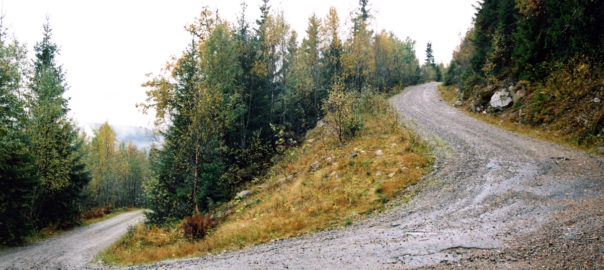It is an image that will stay with me. During a large demonstration for freedom and democracy, thousands of people gathered at the start of the procession. There were loud speeches from a podium. There was music, drum rolls and the murmur of thousands of people. A soundscape so intense to my ears that I feared I would have to come to my senses for an hour and a half at home.
And there the man was. With long greying hair, clothes that indicated that he probably came from the yoga tradition. He sat cross-legged on the floor, hands in a mudra, eyes closed, meditating.
Balance
Undisturbed by what was happening around him. No matter how noisy and chaotic it was. When you walked past him, you just felt energetically that there was a field of soothing energy around him.
It was reminiscent of the Yin/Yang symbol. For in the middle of the large, white, curved drop-shaped plane of the turbulent, heated, agile and noisy Yang energy is a small black dot, which represents the opposite of Yang: the Yin. Yin stands for stillness, coldness, immobility. It indicates that there is no Yang without Yin, and that there is no Yin without Yang either. They keep each other in balance.
A symbolic ritual
That is why the ancient Chinese often built high, dead straight pagodas in landscapes that were otherwise completely horizontal and flat. The Chinese emperors had a summer palace in the North of the country and a winter palace in the South of their empire. At the height of the summer (Yang), the emperor and his court moved to the summer palace in the North (Yin). And in the winter (Yin) the court moved to the winter palace in the south (Yang). This symbolic ritual was there not only to avoid being subject to climatic extremes, but also to symbolically keep the balance between the two poles.
Centering
The meditating yogi at the manifestation was an illustration of what is called “centering”. It is the turning of one’s attention inwards, after completely detaching it from the external world around you.
Sometimes, during a relaxation moment at the end of a yoga session, yoga students become first irritated and then obsessed with disturbing elements from outside, which disturb or absorb their attention. It sometimes leads to complaints like “I could not relax because … ” there was that shouting in the street, that klaxon of that car, or the light snoring of the other yoga student next to them, who had gone from relaxation straight to deep sleep. Or it is about itching or itchiness which suddenly manifests itself.
An inner state of peace
These external disturbances are only disturbing insofar as you give them that power. However, they can also be the ideal elements and tools to learn to stay calmly at your own centre, no matter what is happening around you. Because accessing a quiet, calm, peaceful and neutral inner state is something that the current reality of our noisy planet rarely provides the ideal conditions for. That peaceful inner state, that point of rest and balance, is accessible to anyone at any time of the day, under any circumstances. We just need to learn not to cling to those elements of the outside world that we have labelled as distractions.




